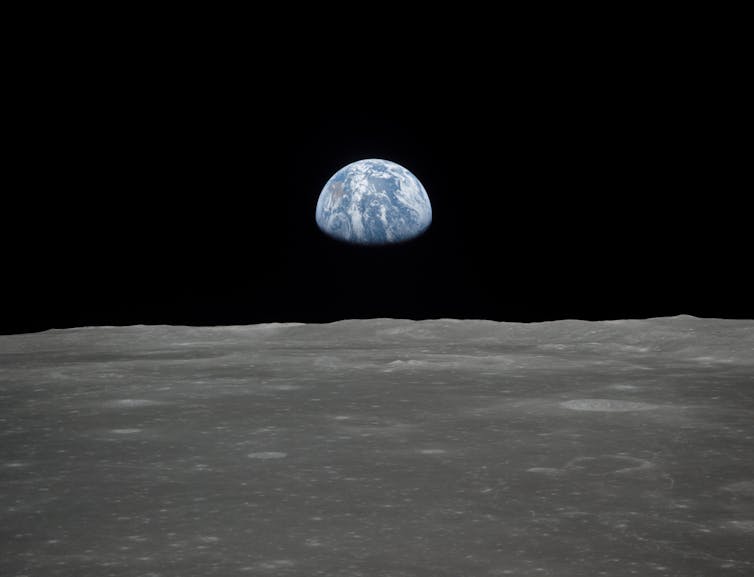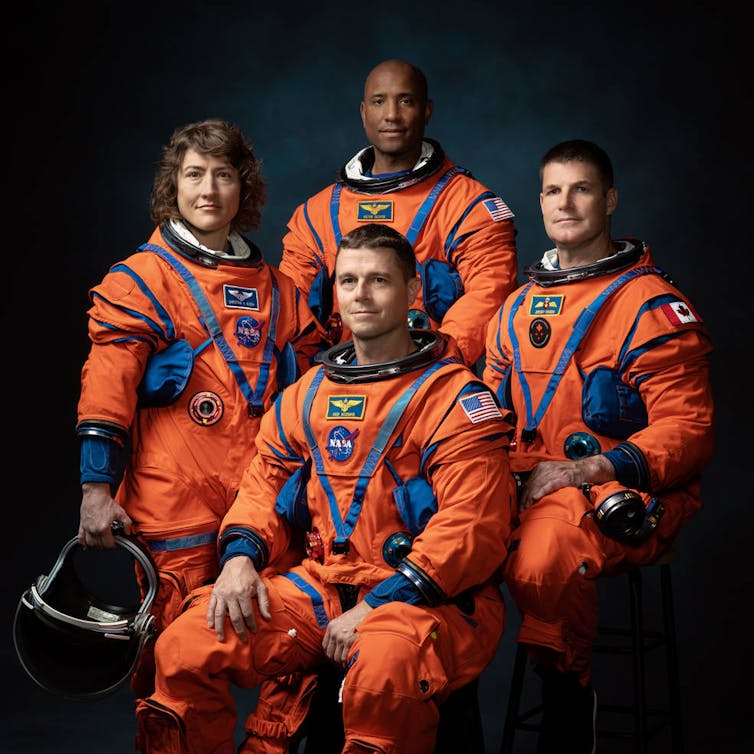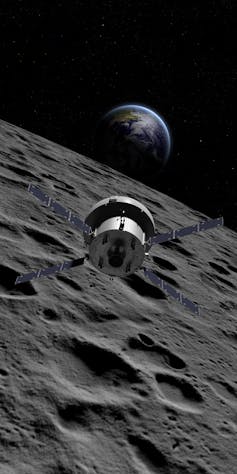[Source: @AJsRealms]
The FLOPPOTRON Hardware Orchestra Masterfully Performs Master of Puppets
Paweł Zadrożniak’s Flopportron has performed A LOT of great covers over the year, but I don’t think I’ve ever heard one as good as this version of Master of Puppets from Metallica.
Weird History Food: Delicious Things You Didn’t Know About KFC [Video]
Let’s check out some interesting facts about KFC as we delve into the peculiarities of food history. Who hasn’t savored the distinct and tantalizing taste of KFC’s fried chicken? At the very least, you might be familiar with the iconic Colonel and his signature red bucket of chicken. Sit back and relish this delightful video about the history of Kentucky Fried Chicken.
Wand Shop [Comic]
When the Hero Character Abandons You [Comedy Sketch]
Ever feel abandoned by a hero character?
[VLDL]
Autosaving… [Comic]
[Source: @rdstonowhere]
Meet the next four people headed to the Moon – how the diverse crew of Artemis II shows NASA’s plan for the future of space exploration

Wendy Whitman Cobb, Air University
On April 3, 2023, NASA announced the four astronauts who will make up the crew of Artemis II, which is scheduled to launch in late 2024. The Artemis II mission will send these four astronauts on a 10-day mission that culminates in a flyby of the Moon. While they won’t head to the surface, they will be the first people to leave Earth’s immediate vicinity and be the first near the Moon in more than 50 years.
This mission will test the technology and equipment that’s necessary for future lunar landings and is a significant step on NASA’s planned journey back to the surface of the Moon. As part of this next era in lunar and space exploration, NASA has outlined a few clear goals. The agency is hoping to inspire young people to get interested in space, to make the broader Artemis program more economically and politically sustainable and, finally, to continue encouraging international collaboration on future missions.
From my perspective as a space policy expert, the four Artemis II astronauts fully embody these goals.

Who are the four astronauts?
The four members of the Artemis II crew are highly experienced, with three of them having flown in space previously. The one rookie flying onboard is notably representing Canada, making this an international mission, as well.
The commander of the mission will be Reid Wiseman, a naval aviator and test pilot. On his previous mission to the International Space Station, he spent 165 days in space and completed a record of 82 hours of experiments in just one week. Wiseman was also the chief of the U.S. astronaut office from 2020 to 2023.
Serving as pilot is Victor Glover. After flying more than 3,000 hours in more than 40 different aircraft, Glover was selected for the astronaut corps in 2013. He was the pilot for the Crew-1 mission, the first mission that used a SpaceX rocket and capsule to bring astronauts to the International Space Station, and served as a flight engineer on the ISS.
The lone woman on the crew is mission specialist Christina Hammock Koch. She has spent 328 days in space, more than any other woman, across the three ISS expeditions. She has also participated in six different spacewalks, including the first three all-women spacewalks. Koch is an engineer by trade, having previously worked at NASA’s Goddard Space Flight Center.
The crew will be rounded out by a Canadian, Jeremy Hansen. Though a spaceflight rookie, he has participated in space simulations like NEEMO 19, in which he lived in a facility on the ocean floor to simulate deep space exploration. Before being selected to Canada’s astronaut corps in 2009, he was an F-18 pilot in the Royal Canadian Air Force.
These four astronauts have followed pretty typical paths to space. Like the Apollo astronauts, three of them began their careers as military pilots. Two, Wiseman and Glover, were trained test pilots, just as most of the Apollo astronauts were.
Mission specialist Koch, with her engineering expertise, is more typical of modern astronauts. The position of mission or payload specialist was created for the space shuttle program, making spaceflight possible for those with more scientific backgrounds.

A collaborative, diverse future
Unlike the Apollo program of the 1960s and 1970s, with Artemis, NASA has placed a heavy emphasis on building a politically sustainable lunar program by fostering the participation of a diverse group of people and countries.
The participation of other countries in NASA missions – Canada in this case – is particularly important for the Artemis program and the Artemis II crew. International collaboration is beneficial for a number of reasons. First, it allows NASA to lean on the strengths and expertise of engineers, researchers and space agencies of U.S. allies and divide up the production of technologies and costs. It also helps the U.S. continue to provide international leadership in space as competition with other countries – notably China – heats up.
The crew of Artemis II is also quite diverse compared with the Apollo astronauts. NASA has often pointed out that the Artemis program will send the first woman and the first person of color to the Moon. With Koch and Glover on board, Artemis II is the first step in fulfilling that promise and moving toward the goal of inspiring future generations of space explorers.
The four astronauts aboard Artemis II will be the first humans to return to the vicinity of the Moon since 1972. The flyby will take the Orion capsule in one pass around the far side of the Moon. During the flight, the crew will monitor the spacecraft and test a new communication system that will allow them to send more data and communicate more easily with Earth than previous systems.
If all goes according to plan, in late 2025 Artemis III will mark humanity’s return to the lunar surface, this time also with a diverse crew. While the Artemis program still has a way to go before humans set foot on the Moon once again, the announcement of the Artemis II crew shows how NASA intends to get there in a diverse and collaborative way.
Wendy Whitman Cobb, Professor of Strategy and Security Studies, Air University
This article is republished from The Conversation under a Creative Commons license. Read the original article.
Nightmare Fuel: Someone Hooked a Skinned Furby to ChatGPT [Video]
Jessica Card got up one day, and thought, hmmm, why don’t I hook up that old Furby of mine to ChatGPT? But wait, I need to skin it first for maximum creepiness! Here is the result:
i hooked up chatgpt to a furby and I think this may be the start of something bad for humanity pic.twitter.com/jximZe2qeG
— jessica card (@jessicard) April 2, 2023
I, for one, do not welcome our new Furby overlords.
Here is how Jessica created this abomination:
hardware:
i’m not a hardware wiz so @kenkeiter really mentored me on this!
skinned the furby, isolated the DC motor wires, soldered on male extension to plug into breadboard. hooked up an h bridge on the breadboard to the pi. control motor via python and run it when it speaks
— jessica card (@jessicard) April 3, 2023
[Via Neatorama]
Cat-Girl [Comic]
[Source: @last_place_comics]
Tolkien Explained: The History of Lothlórien
While synonymous with Galadriel and Celeborn, Lothlórien has a long history including its foundation by the Nandor elves, taking of a Sindarin King, and participation in three wars against Sauron.





